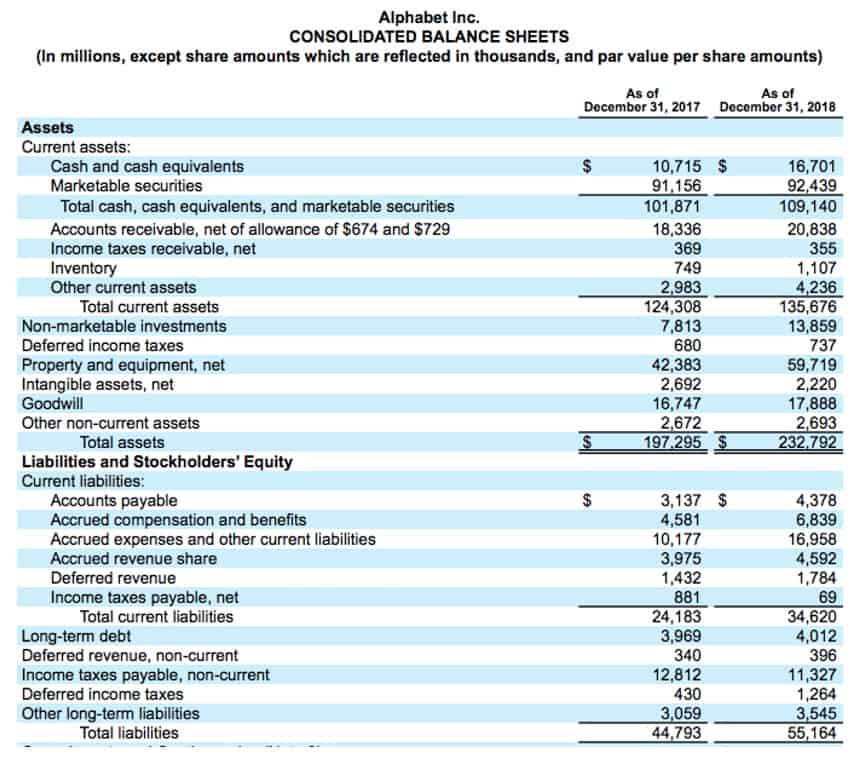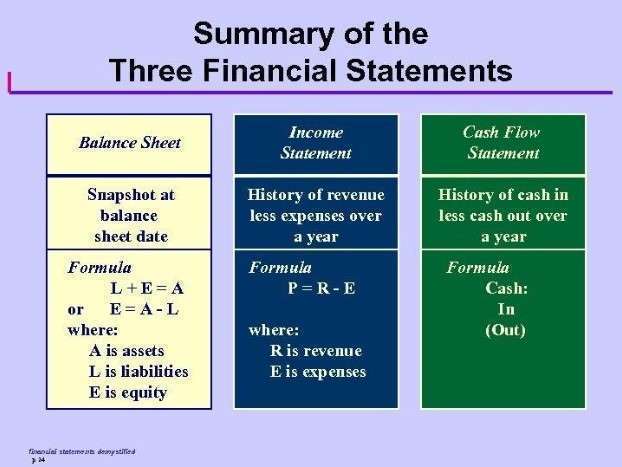
Publicly traded companies are obligated to recognize contingent liabilities on their balance sheets to comply with GAAP (FASB) and IFRS accounting guidelines. Since it presently is not possible to determine the outcome of these matters, no provision has been made in the financial statements for their ultimate resolution. FASB Statement of Financial Accounting Standards No. 5 requires any obscure, confusing or misleading contingent liabilities to be disclosed until the offending quality is no longer present. Future costs are expensed first, and then a liability account is credited based on the nature of the liability. In the event the liability is realized, the actual expense is credited from cash and the original liability account is similarly debited. A warranty is another common contingent liability because the number of products returned under a warranty is unknown.
On the Radar: Accounting for contingencies and loss recoveries

Definition of contingent liabilityA contingent liability is a potential liability that may or may not become an actual liability. Whether the contingent liability becomes an actual liability depends on a future event occurring or not occurring. Contingent liabilities also include obligations that are not recognised because their amount cannot be measured reliably or because settlement is not probable. If the contingency is deemed probable with a reasonably estimated amount, it is recorded in a financial statement. However, suppose neither of those conditions can be met—then, the contingent liability could be inserted in the footnote of a financial statement (or leftover if immaterial).
- No journal entry or financial adjustment in the financial statements will occur.
- The magnitude of the impact depends on the time of occurrence and the amount tied to the liability.
- As a result of the company’s guarantee, the bank makes the loan to the supplier.
- Modeling contingent liabilities can be a tricky concept due to the level of subjectivity involved.
- An entity must recognize a contingent liability when both (1) it is probable that a loss has been incurred and (2) the amount of the loss is reasonably estimable.
- Both GAAP (Generally Accepted Accounting Principles) and IFRS (International Financial Reporting Standards) require companies to record contingent liabilities, due to their connection with three important accounting principles.
Would you prefer to work with a financial professional remotely or in-person?
The accounting rules ensure that financial statement readers receive sufficient information. According to the FASB, if there is a probable liability determination before the preparation of financial statements has occurred, there is a likelihood of occurrence, and the liability must be disclosed and recognized. This financial recognition and disclosure are recognized https://www.bookstime.com/articles/amortization-accounting in the current financial statements. The income statement and balance sheet are typically impacted by contingent liabilities. Contingent liabilities are those that are likely to be realized if specific events occur. These liabilities are categorized as being likely to occur and estimable, likely to occur but not estimable, or not likely to occur.
What Is the Journal Entry for Contingent Liabilities?
A financial professional will offer guidance based on the information provided and offer a no-obligation call to better understand your situation. Past experience indicates that Micro Printing will incur an average of $40 in repair expense for each printer sold. Find comprehensive guides to help you face your most pressing accounting and reporting challenges with clarity and confidence.
What is your current financial priority?
If any potential liability surpasses the above two provided conditions, we can record the event in the books of accounts. Some examples of such liabilities would be product warranties, lawsuits, bank guarantees, and changes in government policies. Contingent liabilities are possible obligations whose existence will be confirmed by uncertain future events that are not wholly within the control of the entity.
Lotte, Dongbu vow not to follow in Taeyoung’s footsteps – koreatimes
Lotte, Dongbu vow not to follow in Taeyoung’s footsteps.
Posted: Fri, 05 Jan 2024 08:00:00 GMT [source]
Disclosures



